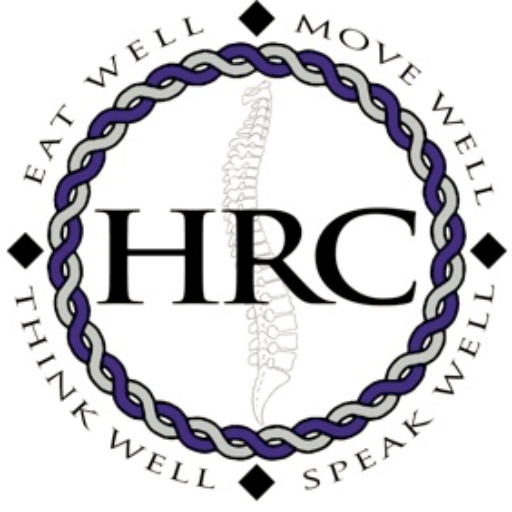
You’ve probably set plenty of goals for yourself. Goals to be more active. Goals to eat better. Goals to save more money. Goals to travel more.
But have you ever set a goal to start stretching?
If not…perhaps you should. Here are six reasons why:
Increase Your Range of Motion
Can you touch your toes?
If not, it’s possible that your body isn’t operating using a full range of motion. Stretching helps improve flexibility in muscles, and without it, muscles can shorten. Shortened muscles can cause muscle tightness.
When your muscles are tight, they can’t perform at their best, so when you want your body to perform - playing with your kids or grandkids, going for walks, participating in sports - it won’t be at its best.
Decrease Your Risk of Injury
No one likes to be down and out with an injury.
As we mentioned above, without stretching muscles become tight and shortened. When shortened, they produce less force for activities.
When your muscles produce less force, joints like your knees and ankles have less support, making them more prone to injury. Additionally, sudden movements with tight muscles quickly stretches the muscle which could lead to strains of the muscle.
Improve Your Physical Performance
In the past, people were taught to perform static stretches before physical activity to improve performance and reduce risk. However, today’s wisdom has taught us that performing a dynamic warmup prior is a better option.
Static stretching is any stretches that take place in a standing, sitting, kneeling, or lying position for a longer period of time. Examples include a seated hamstring stretch that you may hold for a period of 20-30 seconds.
Dynamic stretches are more active, taking muscles through a full range of motion. Examples include arm circles, swimming, or walking lunges.
So, why is static stretching preferred prior to activity?
If you perform static stretches when your muscles are cold, it can decrease performance or increase injury, and it can decrease your body’s ability to move and react quickly. Dynamic stretching, on the other hand, prepares your body for movement because…well…it is movement.
Increase Blood Flow to Your Muscles
Getting a bit sore after physical activity is to be expected. But if your soreness is so severe that it’s keeping you from being active again for days, it’s possible you’re not getting enough blood flow to your muscles.
When you stretch, you increase the blood flow to your muscles. That increased blood flow helps supply oxygen and nutrients, which help build and repair your muscles, helping decrease muscle soreness.
With lower blood flow to your muscles, on the other hand, comes muscle weakness due to the lack of energy and oxygen reaching them.
Increases blood flow to the muscles helps bring in oxygen and nutrients for building and repair which can help muscle soreness after a workout or activity. Lack of blood flow can cause the muscle to be weak due to lack of energy and oxygen.
Improve Your Posture
I mean, we are chiropractors, so we had to mention improved posture, right? And improved posture (and less slouching), means fewer aches and pains.
For example, when your hip flexors and hamstrings are tight, they can pull on your pelvis and spine, causing restricted motion and lower back pain.
Tight pectoral muscles can lead you to round your shoulders, creating tension in your upper back and neck.
And when you have tightness in your neck and trapezius muscles (also referred to as your traps, these are the muscles that start at the base of your neck, go across your shoulders, and extend to the middle of your back), it can lead to tension headaches.
By stretching more frequently, your muscles will loosen, allowing you to have better posture, which in turn helps you avoid tight muscles, which helps improve your posture, which helps you avoid tight muscles, which…well, you get it. It’s a win/win!
Reduce Your Stress
Stretching, when combined with slow, deep breathing, can help reduce stress and calm your body. When performed just before bed, it can also lead to better quality sleep.
Think of it as your nightly meditation and self-care routine.
Not sure where to start with your new stretching routine? Head over to our Videos page to see some great examples of stretches you can implement!
